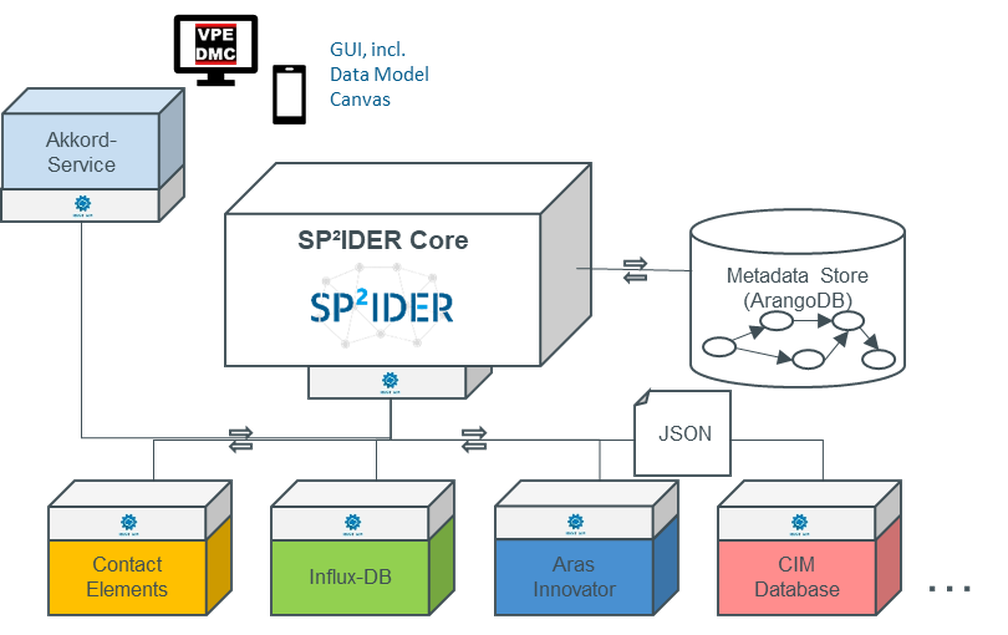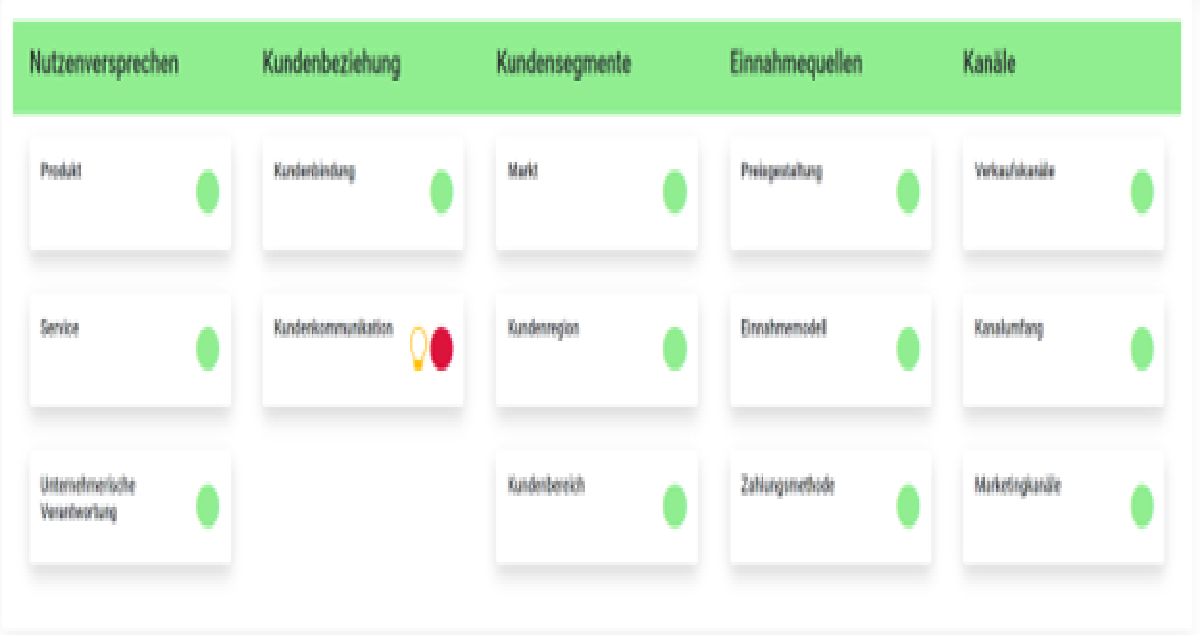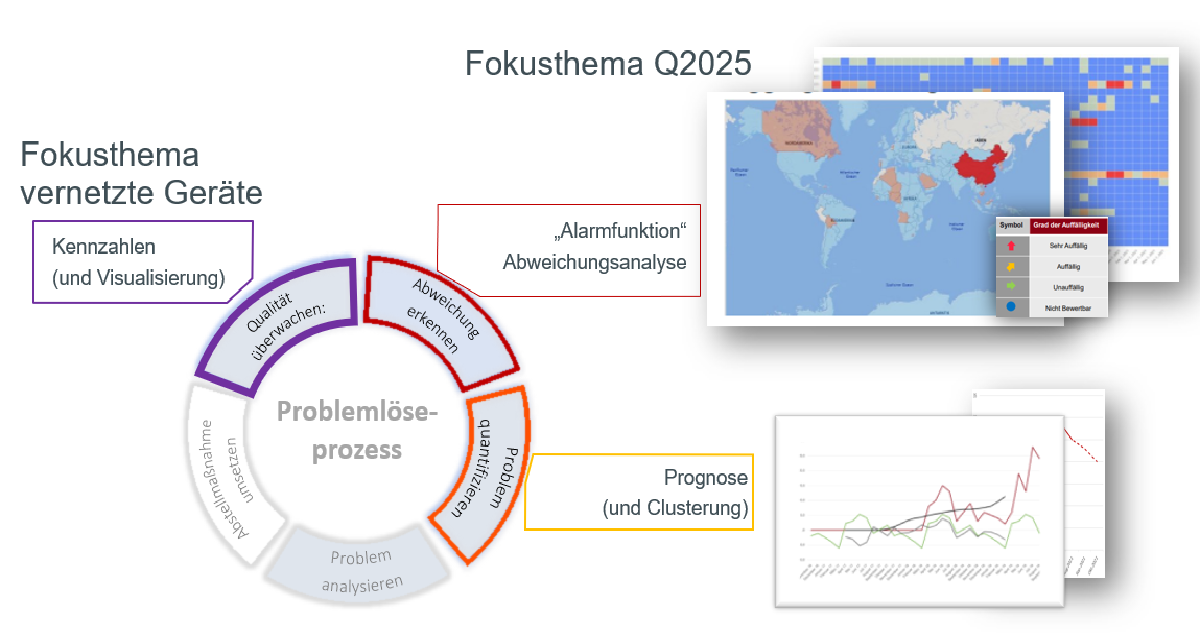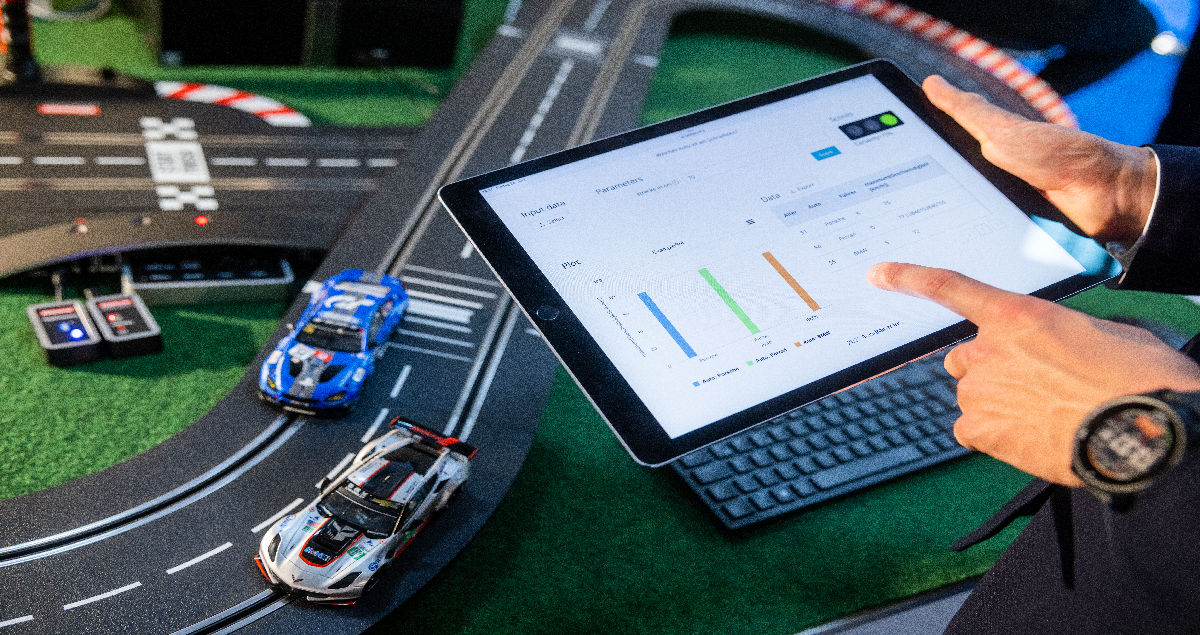Business Model Development (UC7) – Integration of Social Media Reviews
Today, people exchange their thoughts and opinions on various social media platforms, online marketplaces, web stores and forums. In doing so, they consciously or unconsciously give ratings of products, brands and services. For companies, knowledge of consumers’ attitudes toward a product or their own brand is essential for influencing product quality, related services and sales channels and thus consumers’ purchasing decisions.
In Use Case 7, texts from online sources such as web stores and social media platforms are systematically recorded and evaluated with a focus on customer reviews of products to enable companies to adapt their existing business model to consumer requirements.
Use Case 7 and Work Package 3
The modules and systems developed in Use Case 7 comprise the components of data access, data analysis and data visualisation in the AKKORD modular system. In the respective sections, the relevance for the individual areas of the modular system is discussed and their function explained.
The developed overall system is an essential part of work package 3, which deals with collaborative business model development. An article on this has already been published. As already described in the article on WP 3, the value chain together with its activities and resources can be classified in the Business Model Canvas model. This creates a simplified overview of the business model, making it easy to evaluate or adjust various areas. In Use Case 7, the Business Model Canvas (BMC) (Fig. 1) is also used as a starting point for an evaluation by customer opinions.
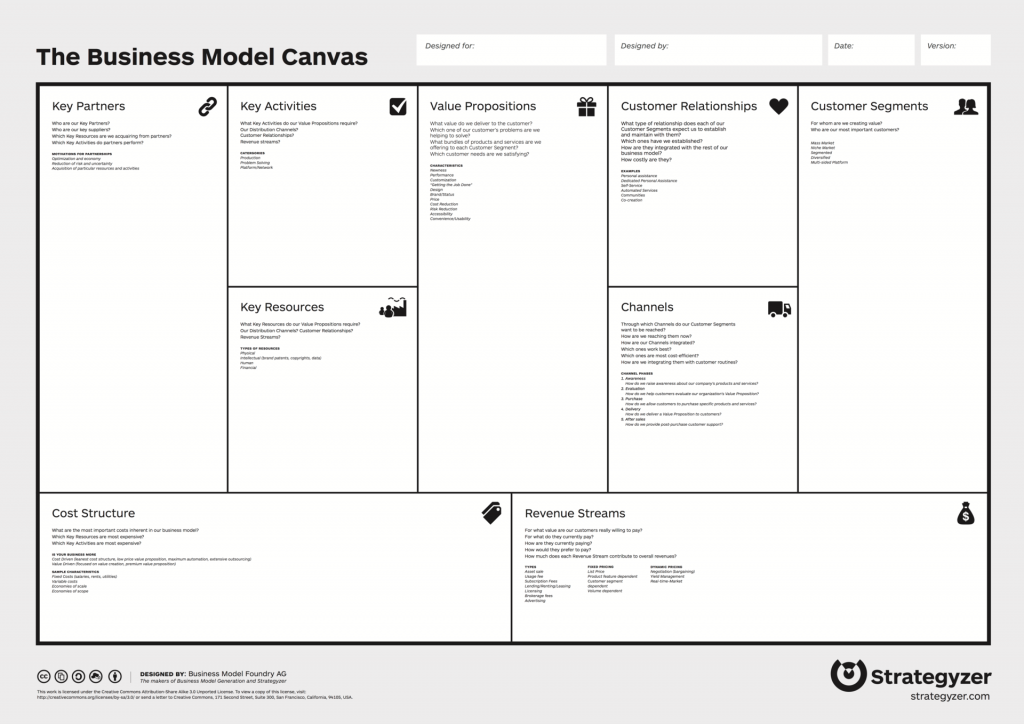
Figure 1: Business Model Canvas according to Osterwalder and Pigneur (Source: Strategyzer.com)
Since customers can only evaluate a product or a service, the data basis cannot be used to create an overall evaluation of the business model. Possible areas in which customer statements can be classified are on the right-hand side of the BMC. At the highest level of the BMC, customer assessments can be classified as follows:
- Customer segments – Does the current business model meet the intended target group?
- Customer relationship – Are customer expectations for service and maintenance met?
- Sales channels – Do the sales channels planned in the business model match customer requirements?
- Revenue streams – Does it meet the target audience’s asking price?
- Value proposition – Does the product meet the customer’s needs?
The customer reviews of the relevant areas are classified into these areas with a rating that can be positive, neutral or negative. The ratings are then summed up for the relevant areas, producing an overall assessment of the BMC areas. Companies are thus given a tool to help them identify deficiencies in their existing business model and address them in further iterations.
Data acquisition
The basis for the analyses carried out in Use Case 7 is an existing database of customer opinions on products or services. A multi-stage data acquisition process was implemented for this purpose, with a proof-of-concept of the data access and initial data analysis being carried out in the first phase. In the second phase, additional software modules were developed, with which the data basis was further built up. In the final phase, software modules were developed for social media platforms that specifically search for relevant texts for the application partners ERCO and Miele. The systems that are located in the area of data access can be assigned in the data backend of the AKKORD framework.
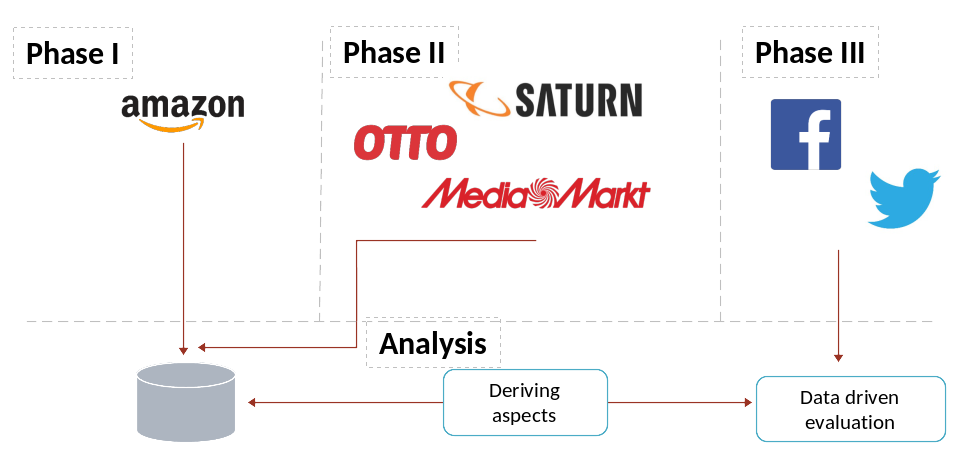
Figure 2: Data acquisition in Use Case 7
Aspect oriented analysis
The data analysis in the prototypes developed in UC 7 is implemented by an aspect-oriented analysis. First, relevant sections from the individual sentences, so-called aspects, are extracted. Then, the customer’s assessment, also called sentiment in the field of text analysis, of these aspects is determined. In the context of UC 7, this makes it possible to determine the customer’s opinion on specific characteristics of a product or service and thus to generate a mood picture of the consumer group. The systems developed for analysis can be assigned to the area of analysis modules of the AKKORD framework.
For an example with the following review text, the analysis would be as follows.
Review: "The device is very good. The delivery was late."
From the text, the two aspects of device and delivery are extracted.
Aspects: {device, delivery}
After that, the opinion words for the aspects are identified. In our example, opinions can be identified very well and late for this purpose. They describe the customer’s opinion or assessment of a particular issue.
Opinion words: {very good, late}
Aspect / opinion pairs are formed from the extracted information. They assign the appropriate opinion word to each aspect. To enable evaluation, these opinion words are assigned a numerical representation. Thus, positive words receive a score of 1.0, negative ones a score of -1.0. In addition, reinforcing words (e.g. much or very) are considered with an additional score of 0.5. In the example, the opinion word very good is assigned a score of 1.5, while delayed is assigned a score of -1.0.
Aspect/opinion pairs: (Device: very good) (Delivery: late)
In a final step, the scores are assigned to an area of the Business Model Canvas. This is done by an automated classification of the words towards the areas of the business model.
Author and Contact Person:

